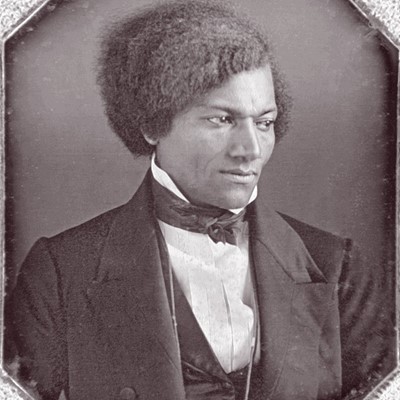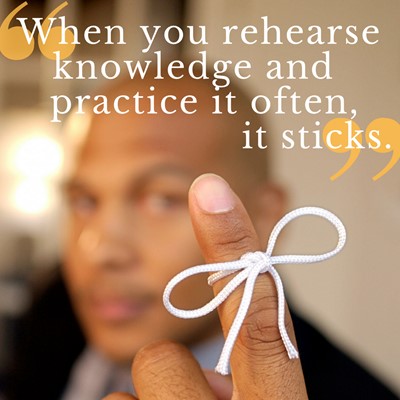
"How can we have better conversations with our clients and prospective clients?"
That was the question we helped an organization explore recently. They wanted to seem natural, not scripted or forced in their conversations. Yet at the same time, they need to take advantage of opportunities to connect with business owners and other who could influence the direction of their industry.
In the process of role playing these conversations, we found that some best practices for presentations and media interviews can be useful in professional one-on-ones, too.
Here are five techniques we drew from as we worked on getting their messages more focused when the direction of the message depends on give and take:
1. Open strong
In a presentation, we try to grab audience attention from the start—letting the audience know the topic AND why they want to hear about it.
In a conversation, you might do the same: What does this person care about? How can I connect with their interests and start my conversation there?
2. Use the Rule of 3
You know a lot. Your audience may not be ready for it—or want it all. Rather than attempt to tell someone EVERYTHING, how can you prioritize? Think of the three points you most want to convey.
In a conversation, these won't be scripted. But they give you a guide for what to say and what to leave out.
3. Link features & benefits
Features are about us. Benefits are about how our audience can use, profit from, and enjoy what we do. Feature: A minivan has 10 cup holders. Benefit: You never hold hot coffee between your knees again.
You make messages more audience-focused by including benefits. Also, the benefits you offer may not be as apparent to the audience as they are to you.
4. Prepare for questions & challenges
Any time you deliver information, questions are likely to come up. You can prepare for those by brainstorming the questions you expect and developing solid answers in advance.
In a conversation, you may also have challenges and resistance—so you can anticipate how to handle those, too.
5. Bridge to key messages
Basic media training includes practice in bridging to help you get to points you want to make in an interview and avoid questions you don't want to answer. When you bridge, you acknowledge the question, then use a transition phrase to get to your message. "That’s a good point but what we’re really focusing on is…" for example.
Because conversations are unscripted give and take, bridging can help you keep one-on-one messages on track.






